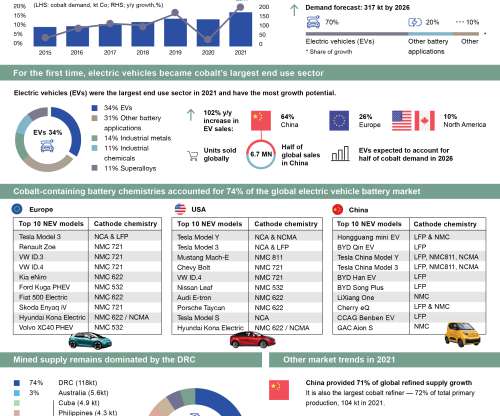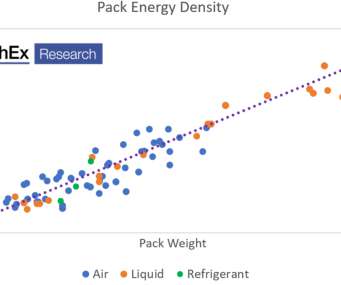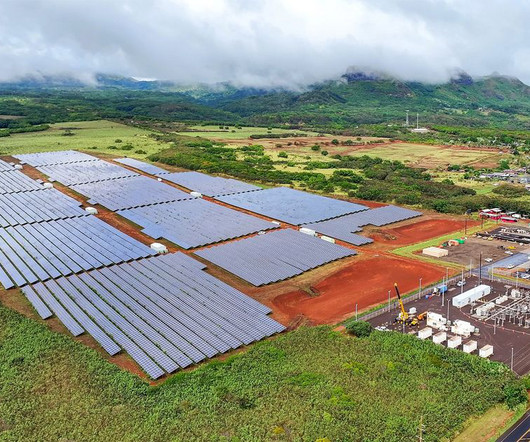JRC: Europe must take steps to boost supply of cobalt for EV batteries
Green Car Congress
NOVEMBER 25, 2018
As a result, demand is expected to exceed supply already in 2020 and the EU must take steps to boost supply and curb demand without hindering the growth in electric vehicles, according to a new JRC (Joint Research Center) report. The report predicts that, under average conditions, demand will outgrow supply by 64,000 tonnes in 2030.












Let's personalize your content